Ise Jingu shrine in Mie Prefecture is considered the most important Shinto shrine in Japan with more than 2,000 years of history. Jingu is described in the oldest Japanese texts, “Kojiki” and “Nihinshoki,” which were edited about 1,300 years ago. Rather than a single shrine, Ise Jingu is better described as complex consisting of many Shinto shrines, but with focus on two main ones, “Naiku” and “Geku.”
Taking up nearly 55 million square meters, Ise Jingu accounts for about a quarter of the entire area of the city of Ise. There are 1,500 annual festivals within Ise Shrine and the main ones open to the public include Toshigoinomatsuri over three days in late April, the Jingu Kangetu Festival in mid-autumn and the Kagura Festival over three days in late September. For an “Ise Mairi,” or Ise Jingu tour, it is recommended to visit Geku and Geku Omotedsando on the first day, and Naiku and Betsugu on the second.
The inner shrine of Naiku is in the town of Ujitachi and it is where Amaterasu Omikami, ancestral goddess of the Imperial Family, is worshipped. Naiku is an alternative name for Kotaijingu, and was founded about 2,000 years ago. Within Naiku there is the Uji Bridge, the Purification Hall, the Hall for Visitors from the Imperial Household, Hall for Special Prayer, the Hall of the Sacred Fire to Prepare Food for the God and the Main Sancturary.
Located around Ise Jingu are 91 subsidiary shrines connected with Naiku.
The outer shrine of Geku is about six kilometers from Naiku in the center of Ise and is devoted the worship of Toyouke Omikami, the god of agriculture and industry. Geku is an alternative name for Toyoukedaijingu and was founded about 1,500 years ago. The main building of Geku has maintained the same shape and design for all of its 1,500 years as it is ritually rebuilt every 20 years.
Many generations of Japanese have worshiped at Jingu and it has long been customary for worshipers to visit Geku first followed by Naiku. It is suggested that everybody from the Emperor, other members of the Imperial Family, the prime minister and members of the Cabinet follow the custom. However, if you are short of time in Ise and are only able to visit one, you should visit Naiku.
Ise Shinsen Ryokan
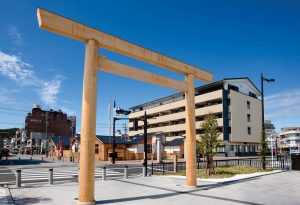
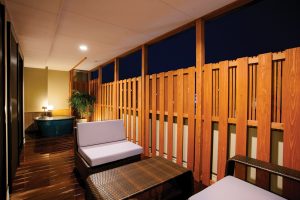

The Ise Shinsen Ryokan traditional Japanese inn first opened its doors in Ise Geku Omotesando across from Iseshi station in August 2013. The ryokan lies along the approach to Geku, welcoming visitors with its modern appearance blending perfectly with the traditional surroundings.
It is recommended to begin the Ise Jingu tour experience from Geku and with panoramic views of the trees surrounding Geku from the fifth-floor lobby and 45 guest rooms, each with an open-air spa, Ise Shinsen Ryokan is the perfect jumping-off point. Offering suites, Japanese-Western hybrids and Western-style rooms, rates begin at ¥23,000 for one night with two meals. The ryokan boasts the only natural hot spring of any inns in the city.
At the Ise-Gin restaurant, diners can indulge in exquisite Japanese cuisine, including lobster and scallops from the nearby ocean and succulent, tender Matsuzaka beef. Using the best seasonal ingredients, the chefs prepare beautiful and delicious dishes for the discerning clientele. Nabe hot pot dishes are available for non-guests during lunch.
Ise Amimoto Dining Room
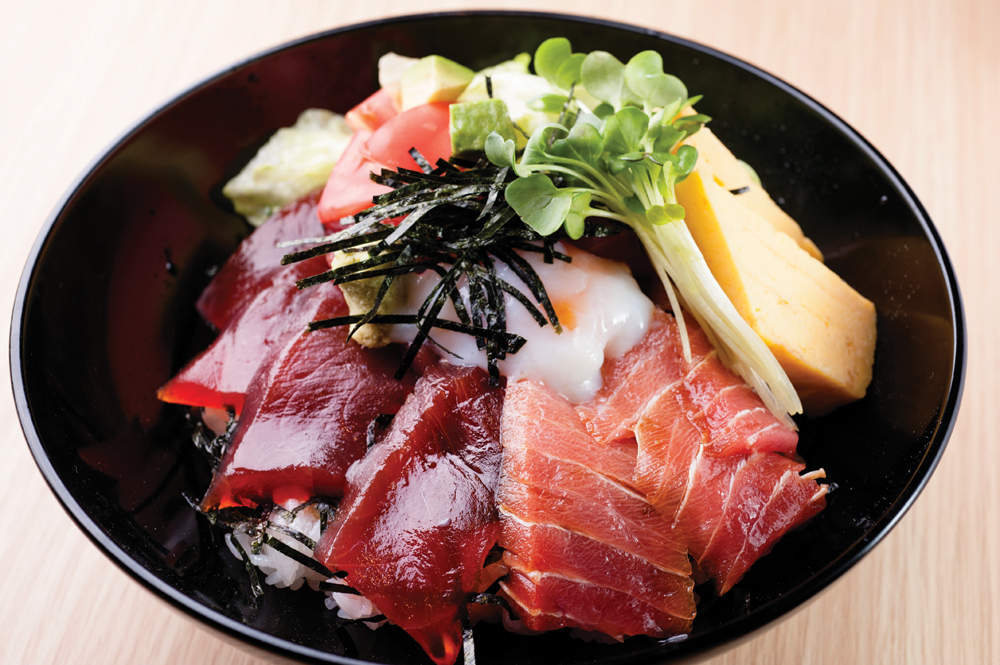
Entering the restaurant is like stepping into a rustic fishing port where you can enjoy the local catch-of-the-day along with farm-fresh ingredients and the famous blue sake of Mie. Specializing in rice bowls, the chefs carefully prepare the ingredients to bring out the full richness of the flavors of Ise.
Counter seating, large table seating and small table seating are available to enjoy the delicious menu items.
Recommendations include rice bowls such as a mixed seafood bowl and a tuna bowl. Another specialty is the Ise shrimp red ramen, which is made with lobster broth. The Ise Amimoto Dining Room offers dinner courses starting at ¥3,000 that are filled with succulent, fresh seafood, seasonal vegetables and various delicious side dishes.
The restaurant is just 2 minutes from JR Iseshi station and Kintetsu Iseshi station and is open from 11am-3pm (LO) and from 5pm-10pm (LO). The address is 18-27 Honcho, Iseshi, Mie. For more information, please call 0596-65-6417 or visit http://www.iseshinsen.jp/amimoto.
Geku Shopping Street

As visitors approach Geku, they are treated to the sight of restaurants and shops lining a market street that looks much like it must have many years ago. One of the more interesting stops to make is the Ise Pottery Market, one of the largest such markets in the country.
Pottery and ceramics from the Chubu region and specifically from Mie, including Iga ware and Yookaichi Bankoyaki ware, are exhibited and available for purchase.
The shops sell clay pots for cooking, Japanese tea sets and other beautiful creations. There are 13 booths where visitors can shop, experience making pottery or eat at one of the cafes or bars. One of the shops, “Ginkou,” offers up locally brewed sake and specializes in liquor sets. “Teki-Teki” has a wide selection of coffee cups and offers freshly brewed and delicious coffee, while “Omochi Chaya offers sweets and “Gokoku Mochi” (five-grained rice cake) and tasty Ise tea. Other shops such as “Yobido,” which has original pottery pieces and souvenirs of Ise, “Toro-Toro,” which offers potteries for cooking such as clay pots and Tajin pots, “Bunpoku-an,” a store specializing in tea sets, and “Yamada Honpo,” which has a selection of Mino-ware. “Atelier Yu-yu” in the studio area offers daily the chance to draw you like flat plates or rice cups.
Many of the shops sell original creations that are perfect for memorializing the trip to Ise.
The “Ise Department Store” is the largest souvenir shop in the Ise area and carries more than 400 Ise-themed souvenirs such as Ise udon noodles and Ise shrimp chips.
Ise Jingu is considered a shrine that everyone should visit one in a lifetime for an “Okage Mairi,” visit for thankfulness, and it is a perfect place to experience the history and tradition of Shinto.
Access and information
From Tokyo
From Tokyo Station to Nagoya Station by Shinkansen Nozomi, JR (100 minutes); from Kintetsu Nagoya Station to Uji-yamada Station by express bound to Toba (77 minutes); from Uji-yamada Station to Naiku by Mie-Kotsu bus. (9 hours); from Ikebukuro station, East Exit to the front of the Ise-shi station by Seibu tourist bus (9 hours).
From Kyoto
From Kyoto Station to Ise-shi Station by Kintetsu express (2 hours).
From Osaka
From Osaka Namba Station to Ise-shi Station by Kintetsu express (1 hour 50 minutes)
In Ise
Ise-Toba-Shima Super Passport (Kintetsu) 9550 yen. Valid for 4 days
From the departure station of Kintetsu line and round-trip ticket, express ticket and free interval ticket (between Matsuzaka Station and Kashikojima Station) of, Matsuzaka-Ise-Toba-Shima area bus of the Mie Kotsu, and hop-on hop-off ticket of Shima marine leisure liner .
Parque Espana free ticket (Kintetsu)¥7880. Valid for 4 days (free interval ticket from the starting station between Matsuzaka Station and Kashikojima Station(Kintetsu line), including round-trip ticket, express ticket and free interval Hop-on Hop-off ticket, Passport of Shima Spain- Village, round-trip bus ticket from Ugata to Shima Spain Village).
Ise-Toba 2days free ticket (Kintetsu) ¥3,820 from Nagoya, ¥4,350 from Osaka Namba Station, ¥4,700 from Kyoto Station.
・Round-trip ticket to Ise-shi Station (Kintetsu-line)
・Ticket between Ise-shi Station and Toba Station(Kintetsu-line)
・Hop-on Hop-off bus ticket around Ise-Toba area and Toba seagull bus (Mie Kotsu)
Ise Jingu Administration Office
http://www.isejingu.or.jp/en/index.html
Ryokan Ise Shinsen
http://www.iseshinsen.jp/
0596-26-0100
Ise Utsuwa Ichi Pottery Market
http://utsuwaichi.iseshinsen.jp/
0596-65-6419
Ise Hhakkaten Souvenir shop
0596-22-7515
Kintesu Train
Nagoya: 052-561-1604
Osaka: 06-6771-3105

Story by John Slate
From WINING & DINING in TOKYO #46

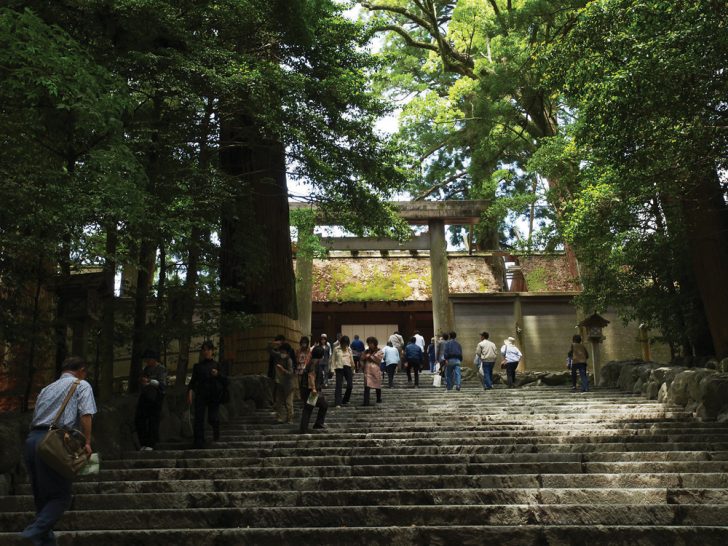

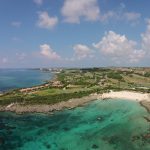
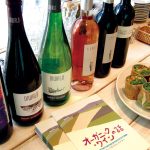

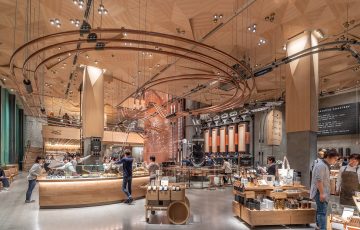
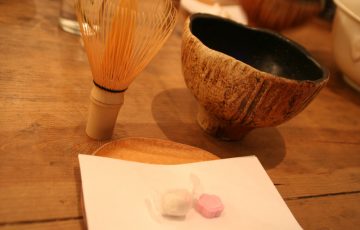
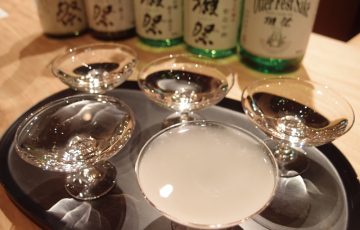
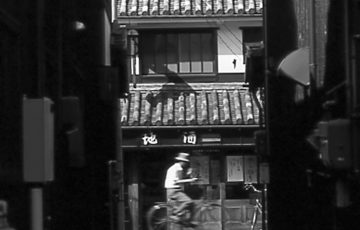
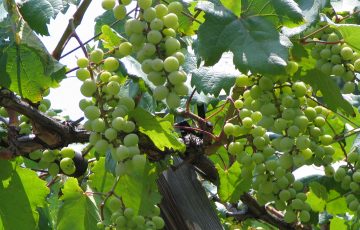
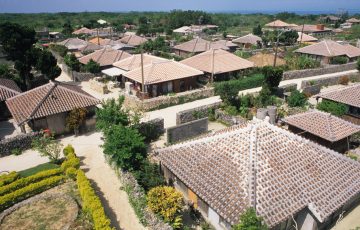
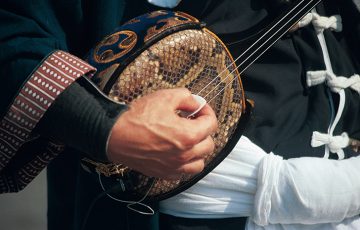


Recent Comments